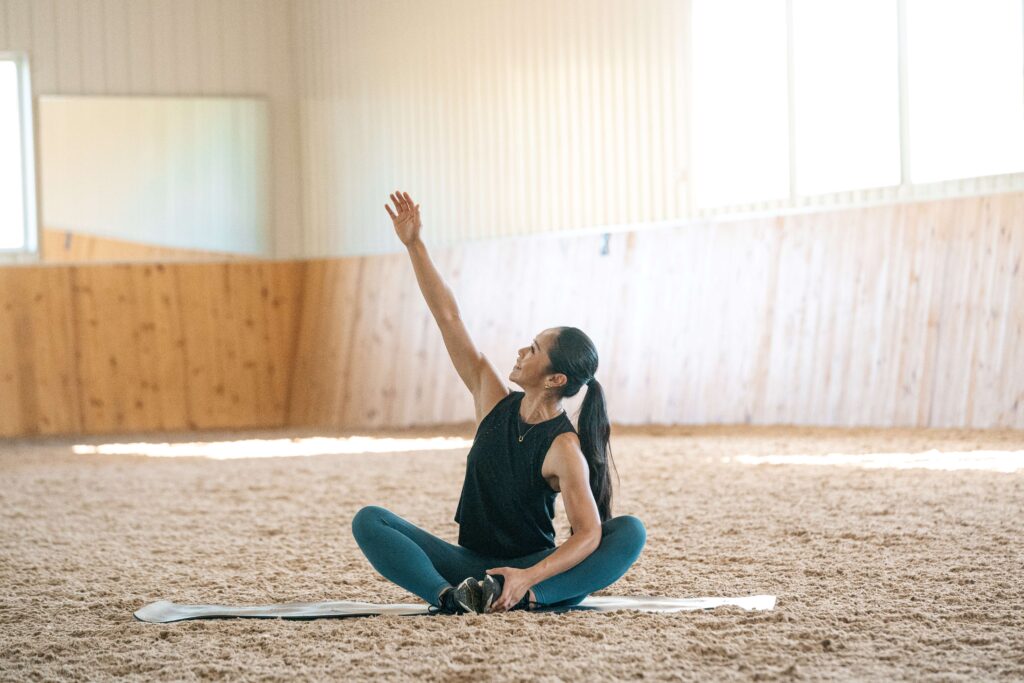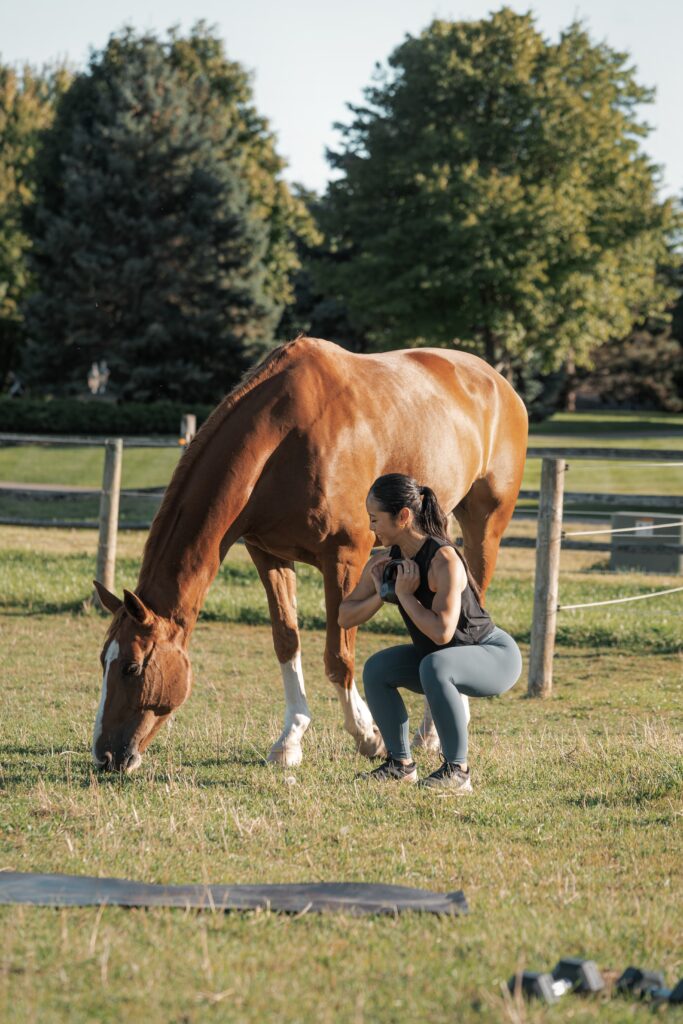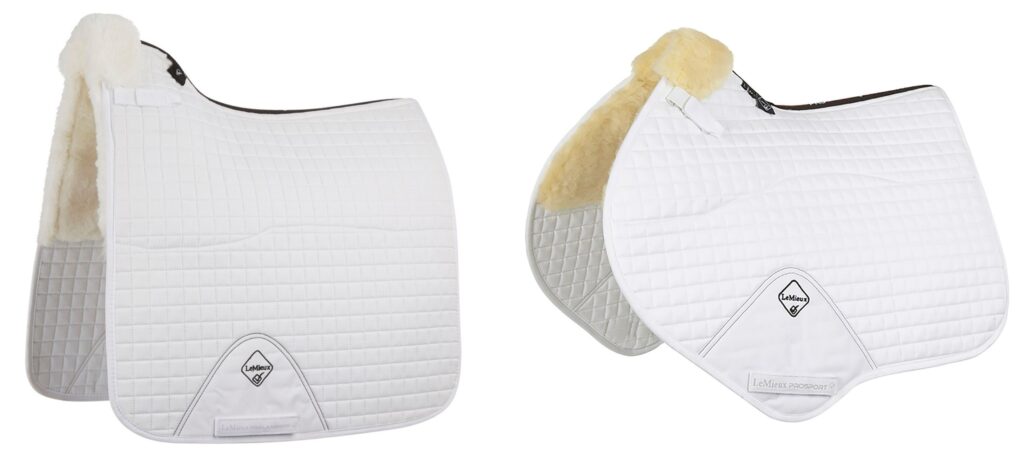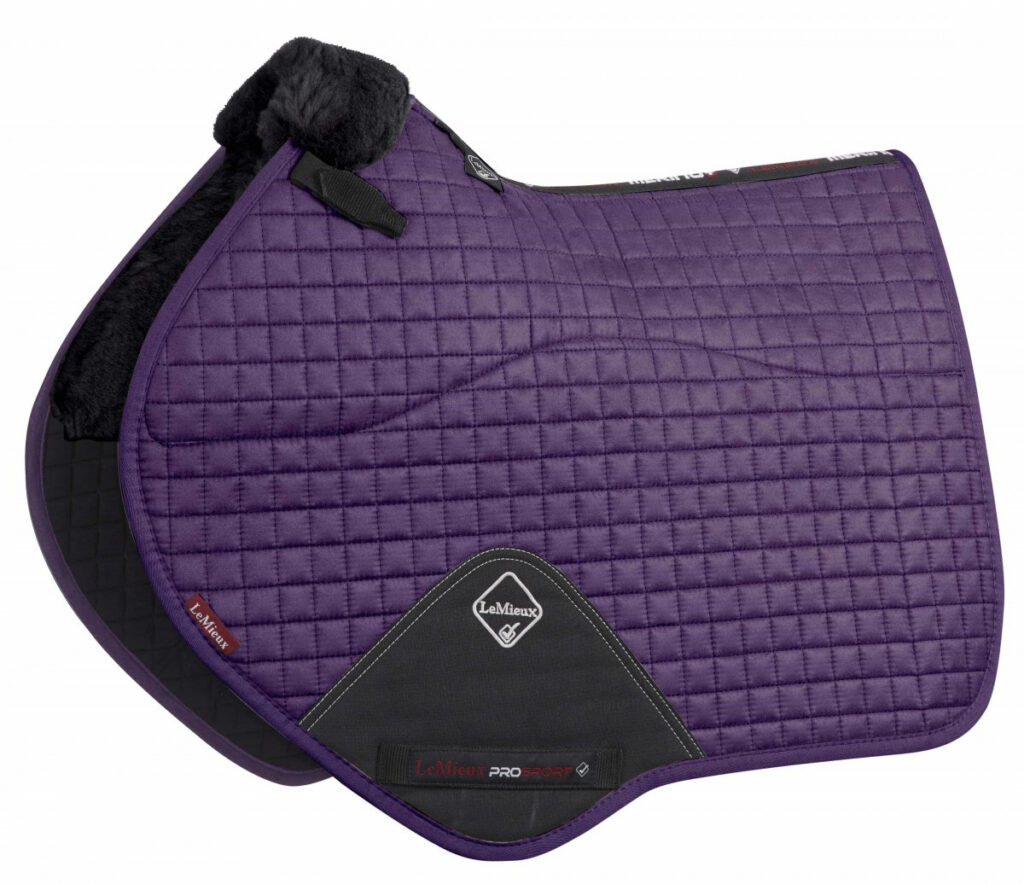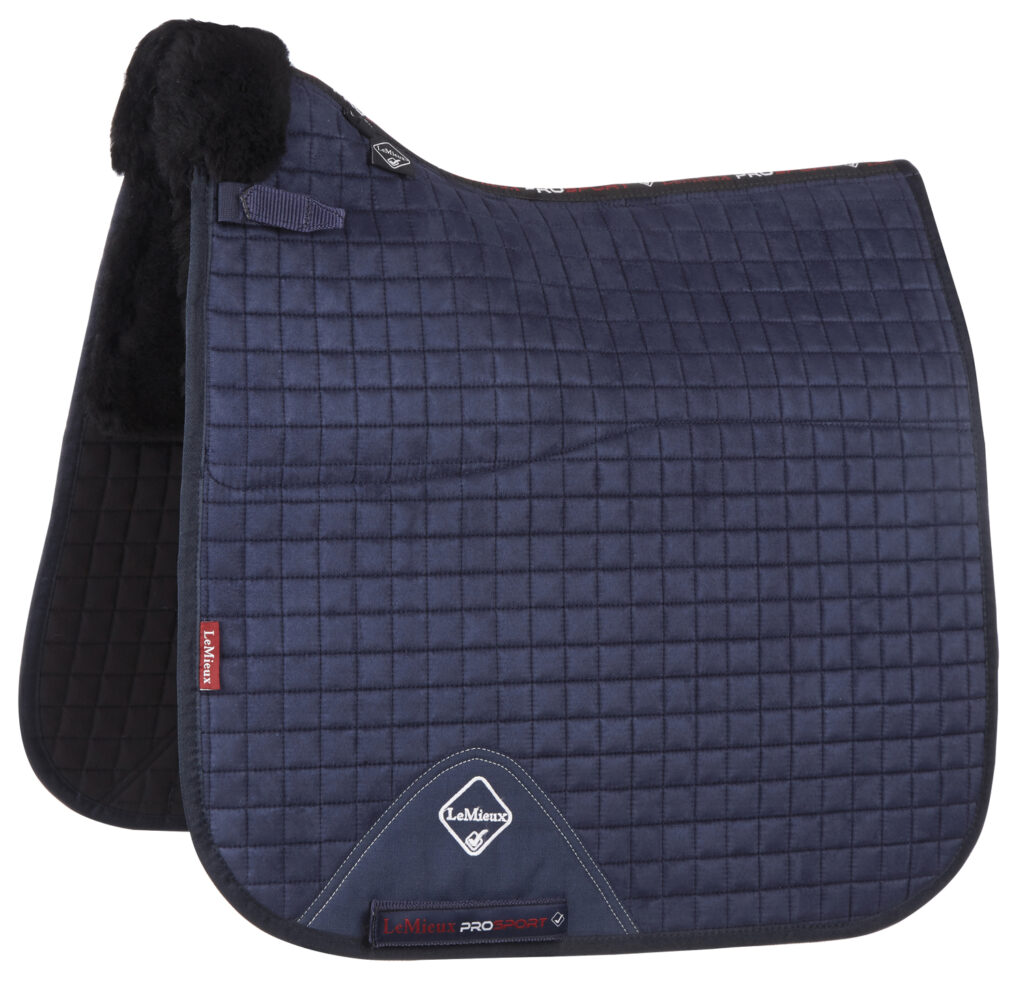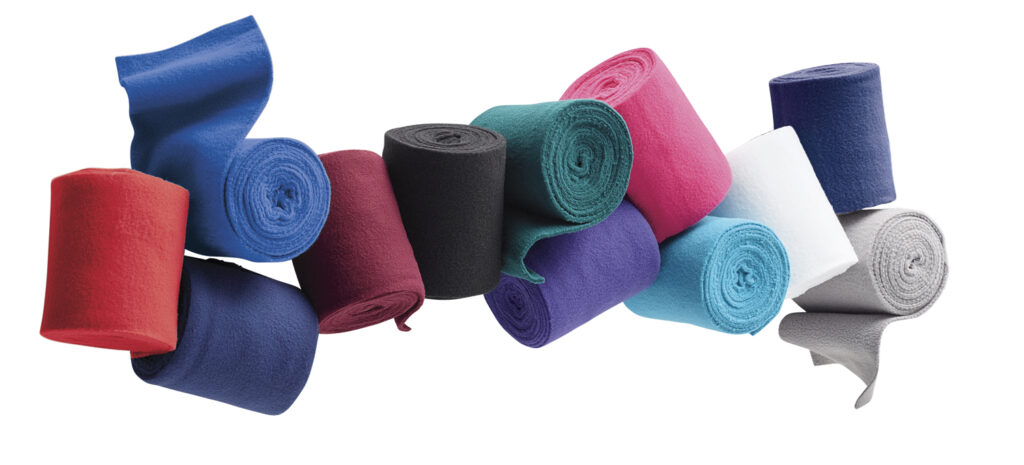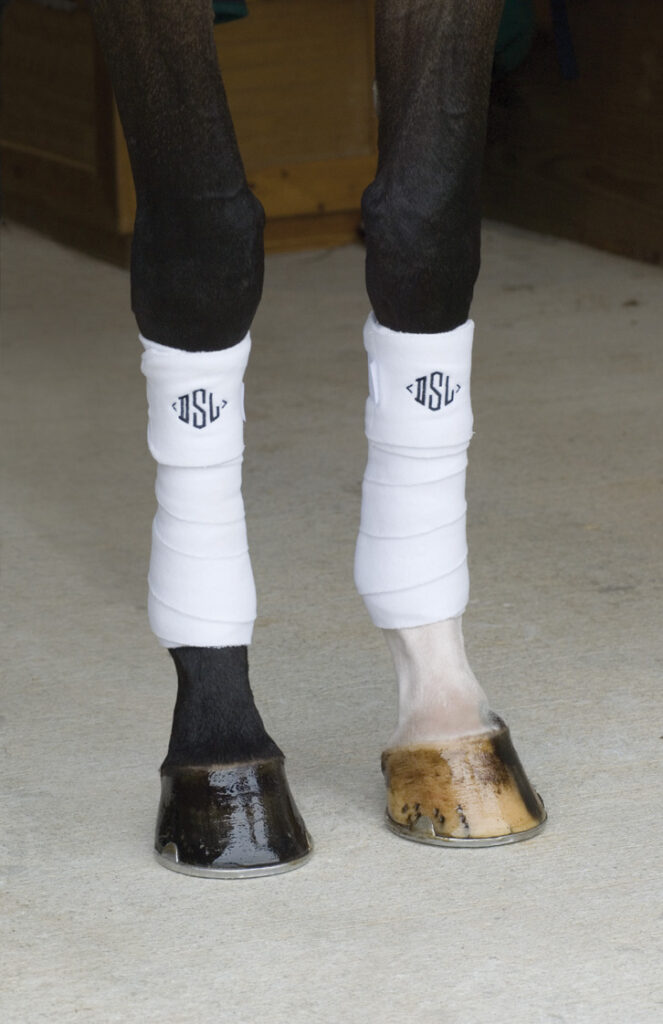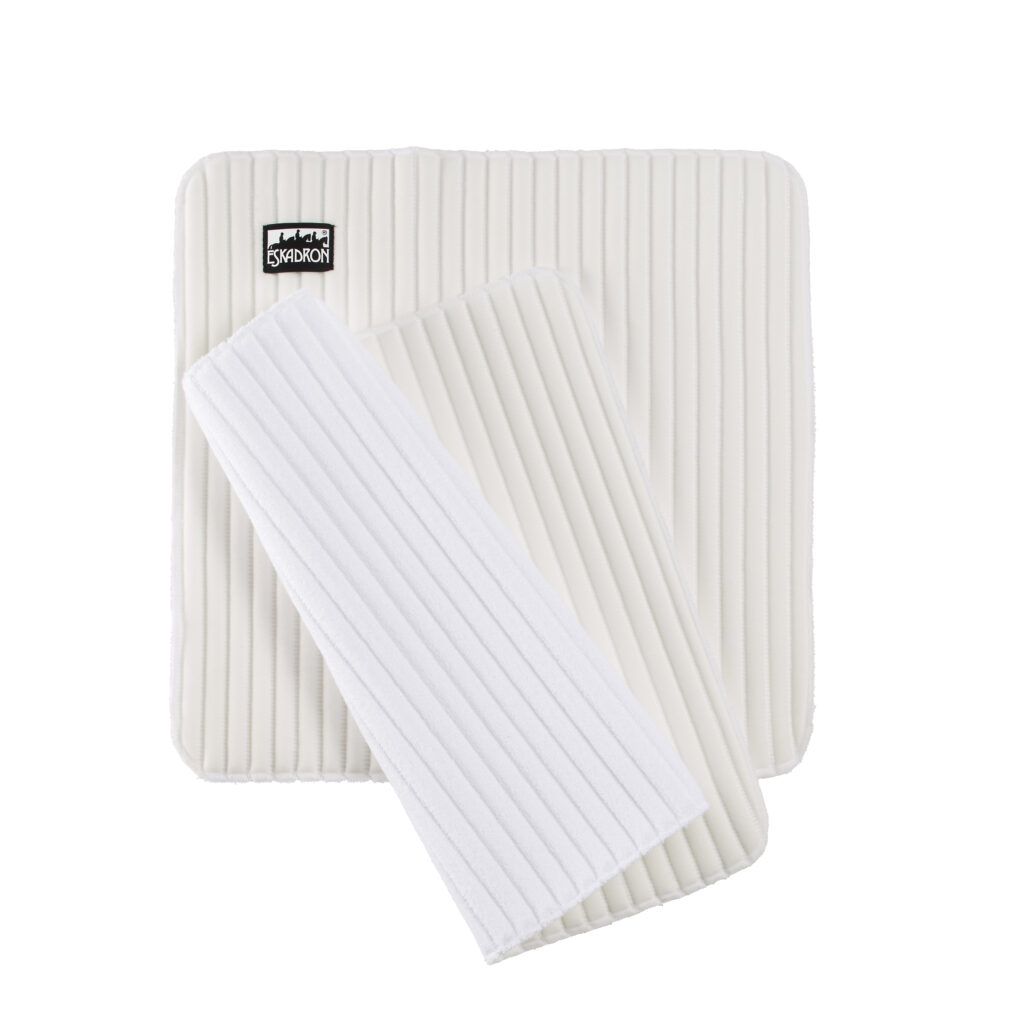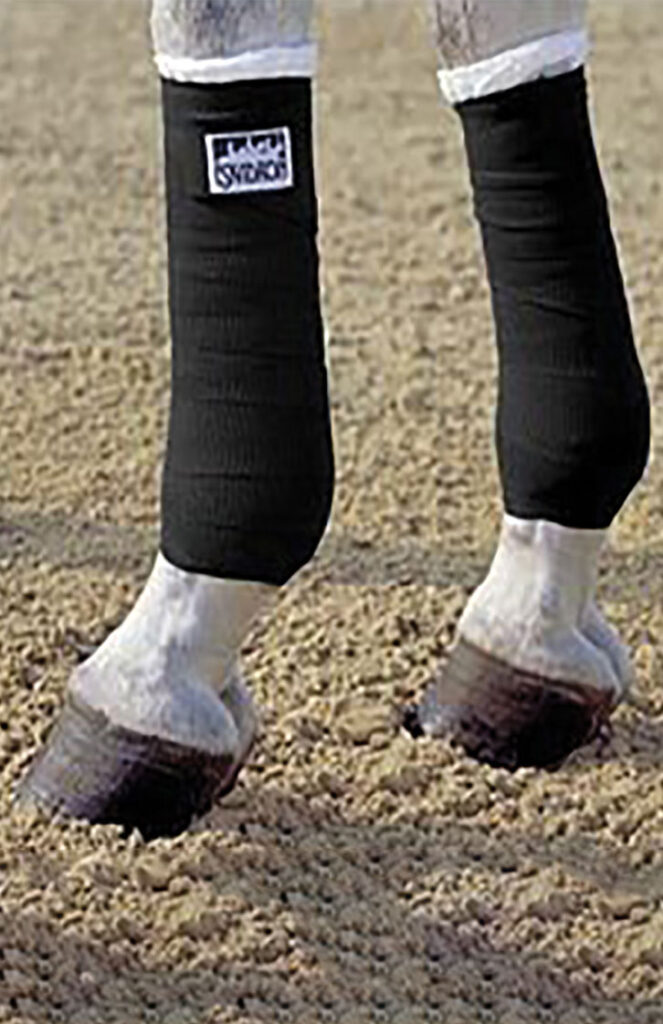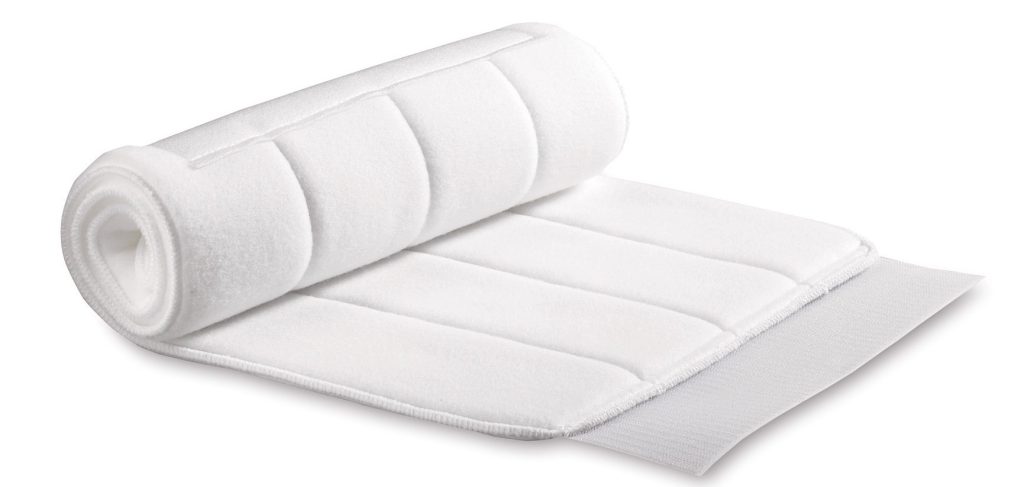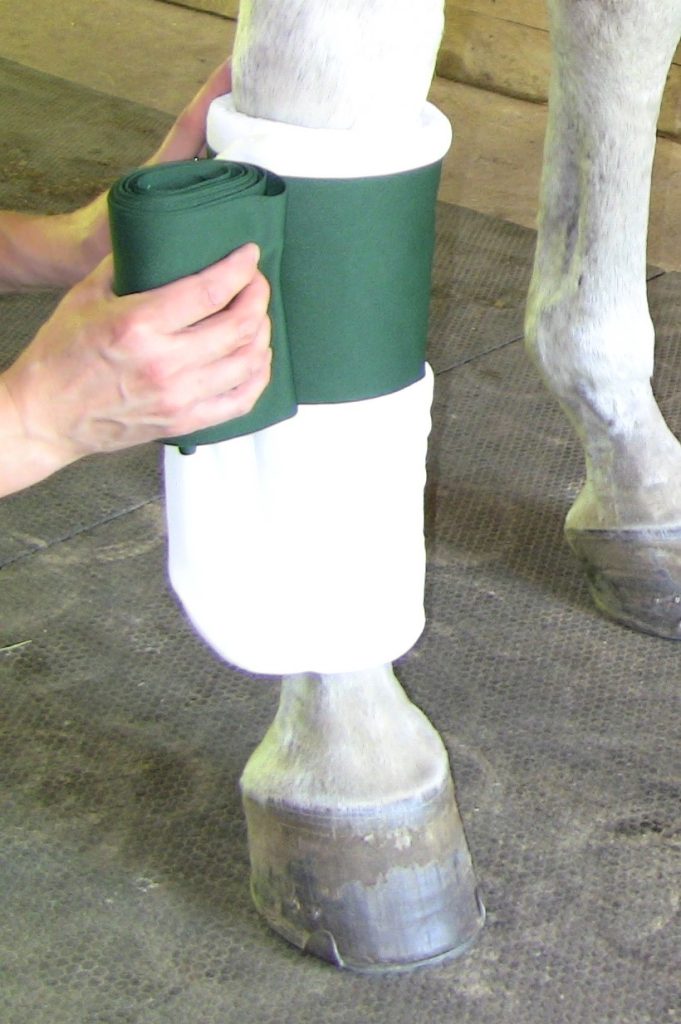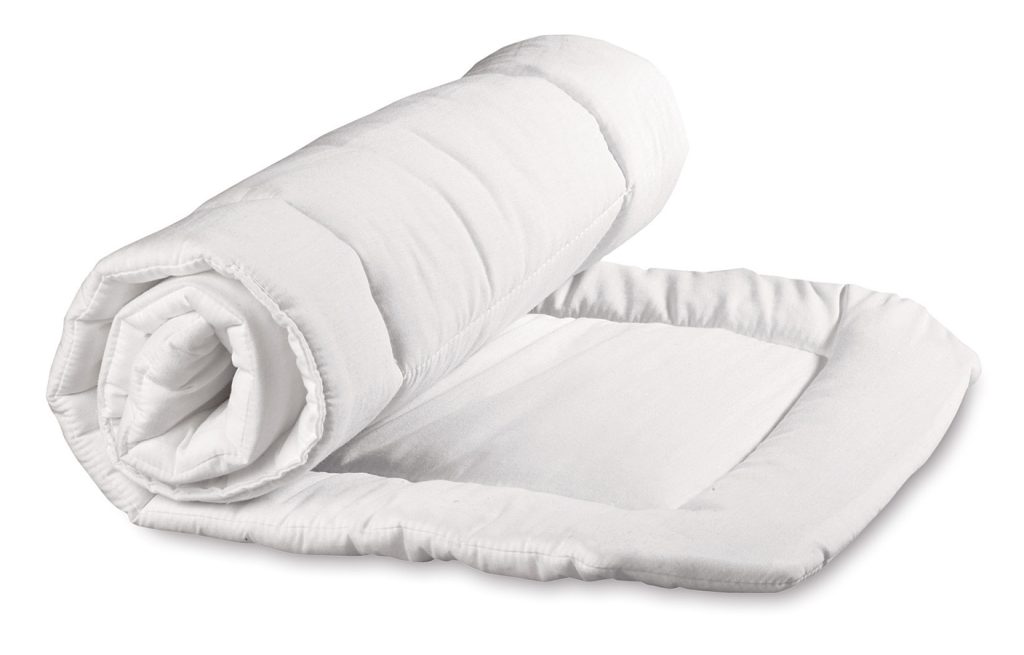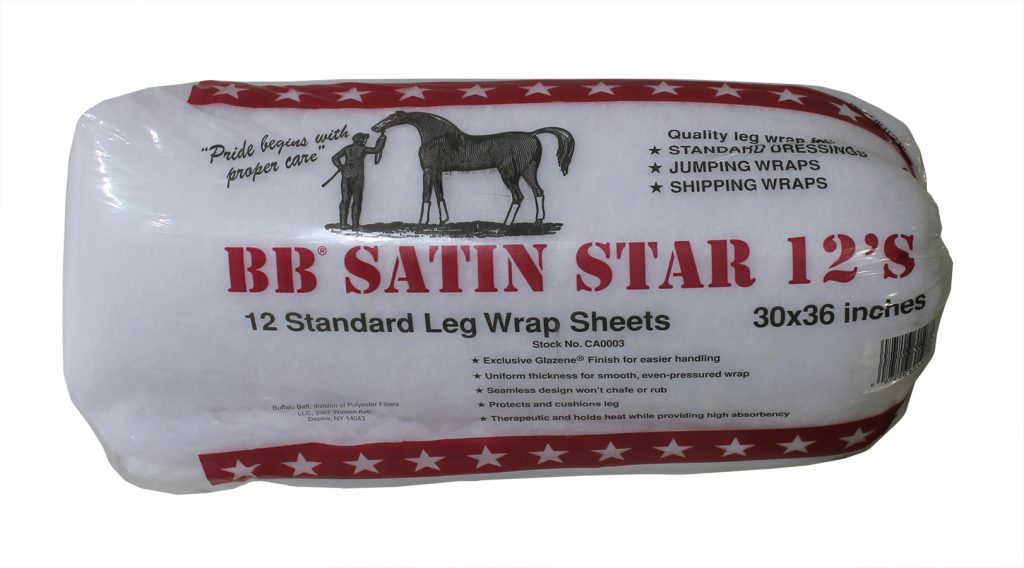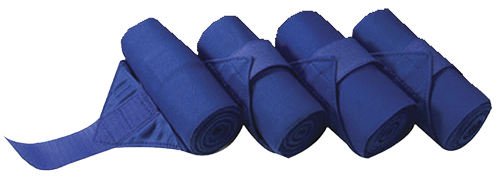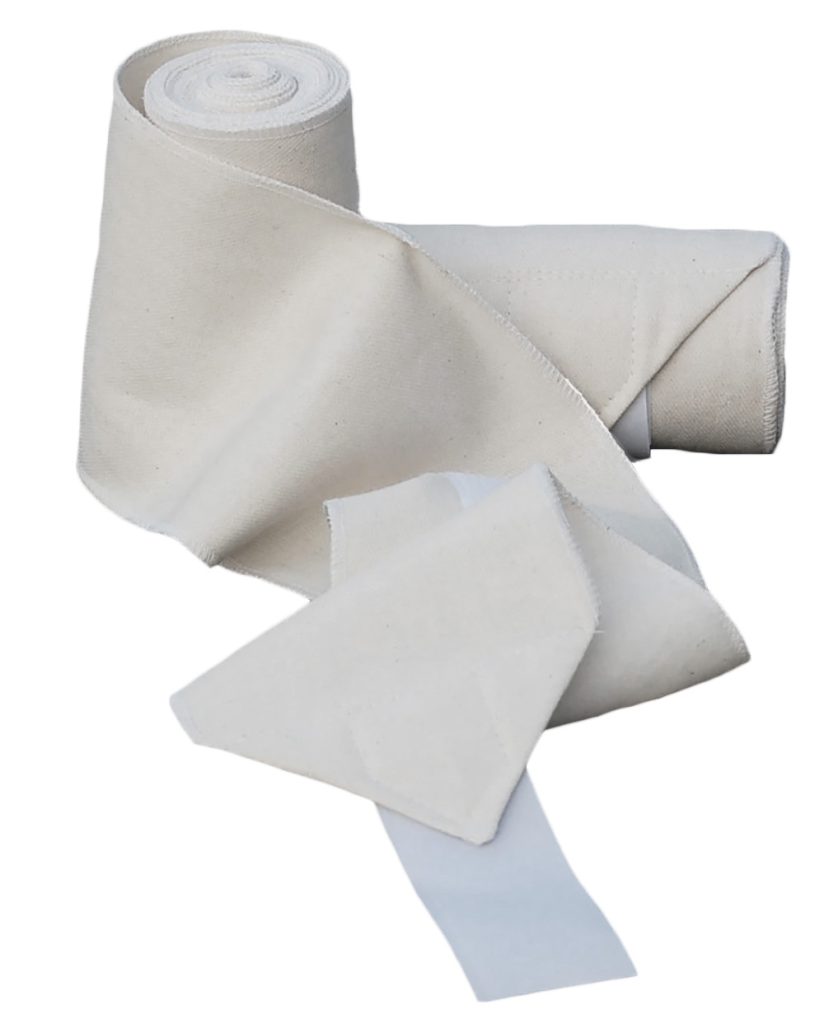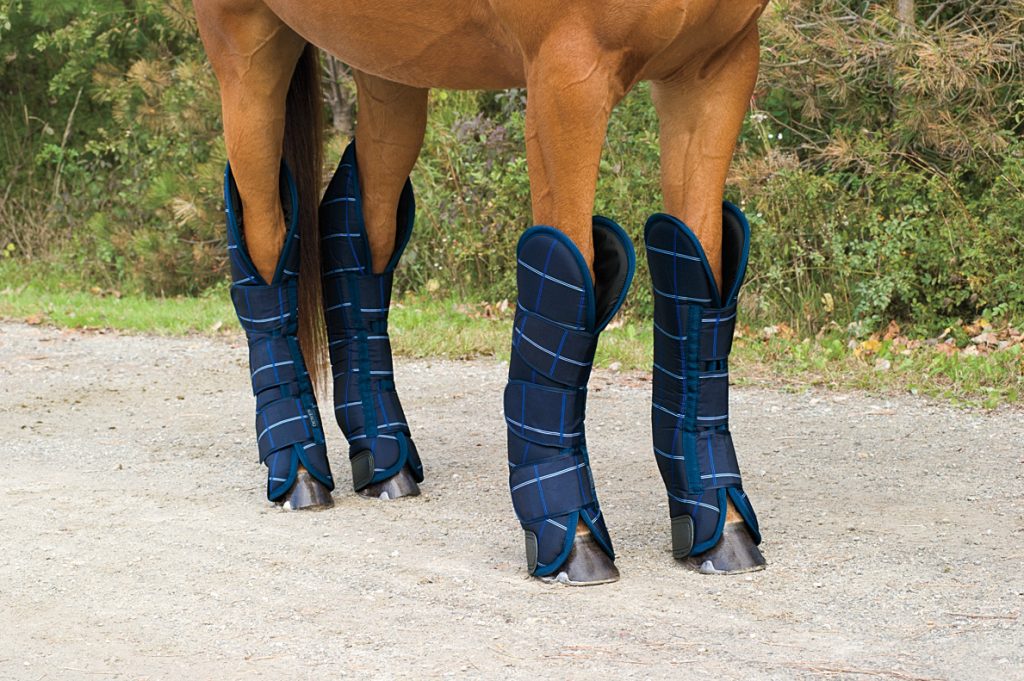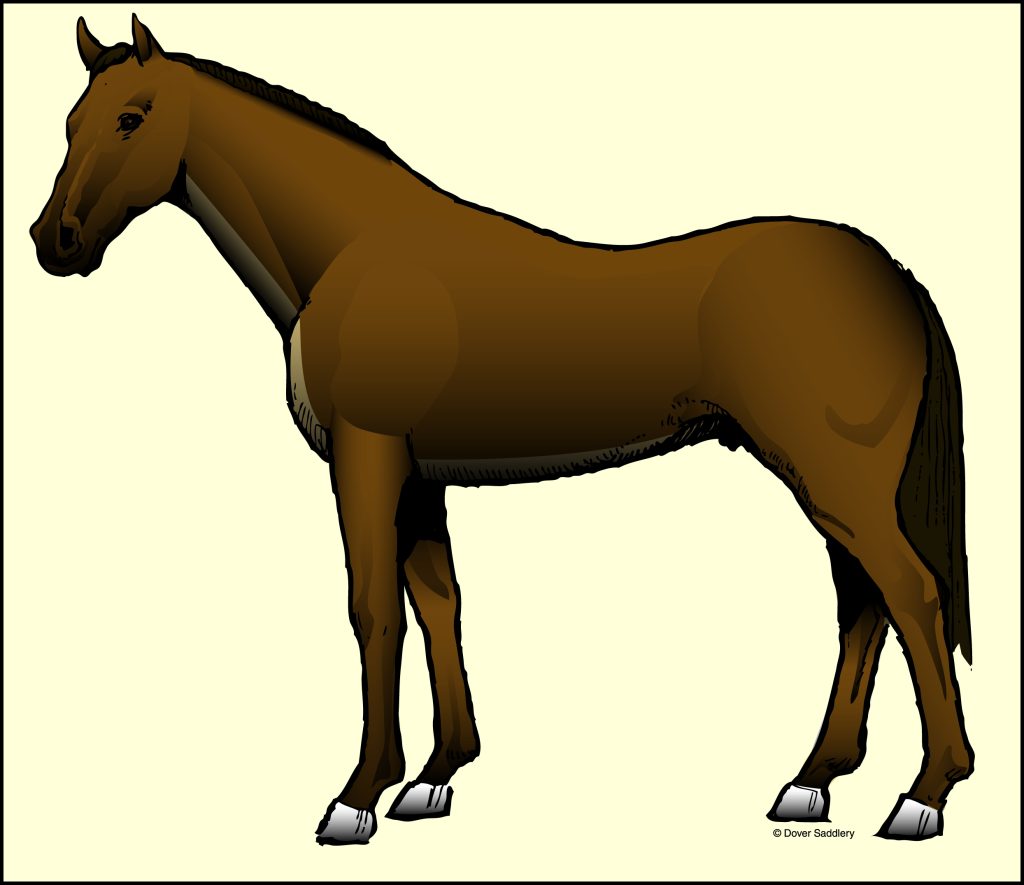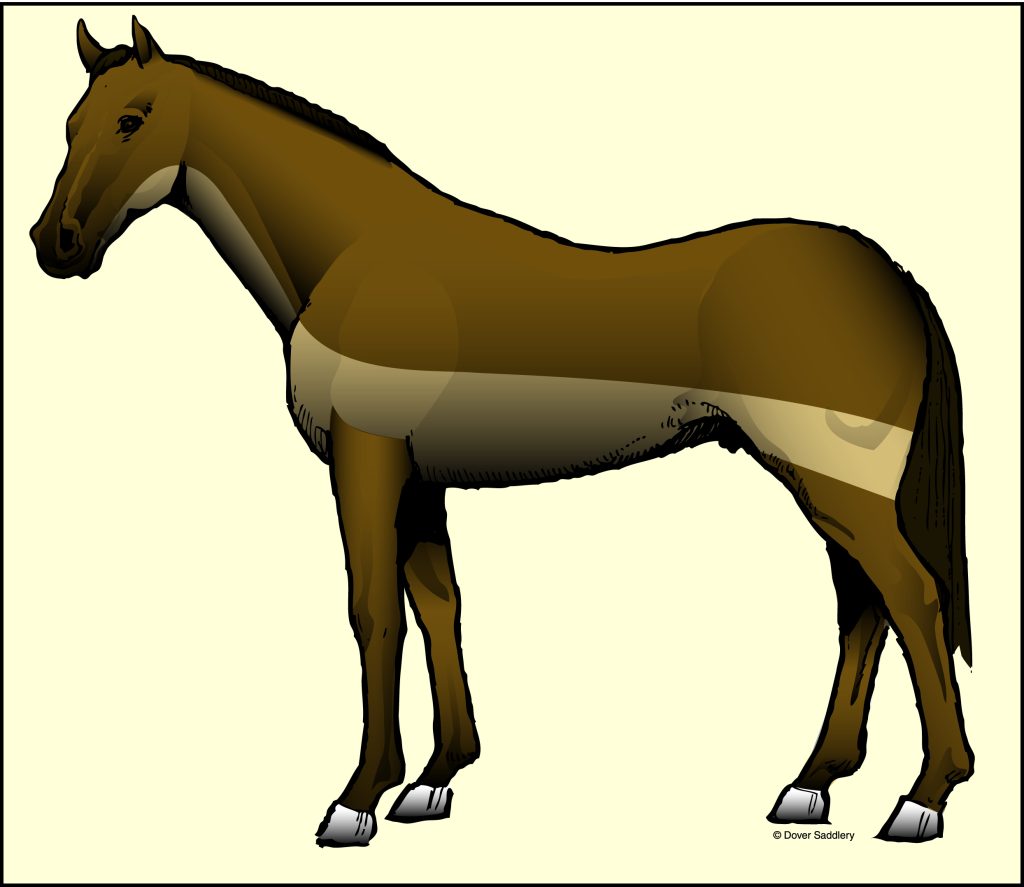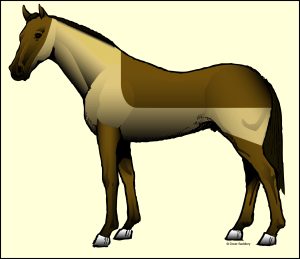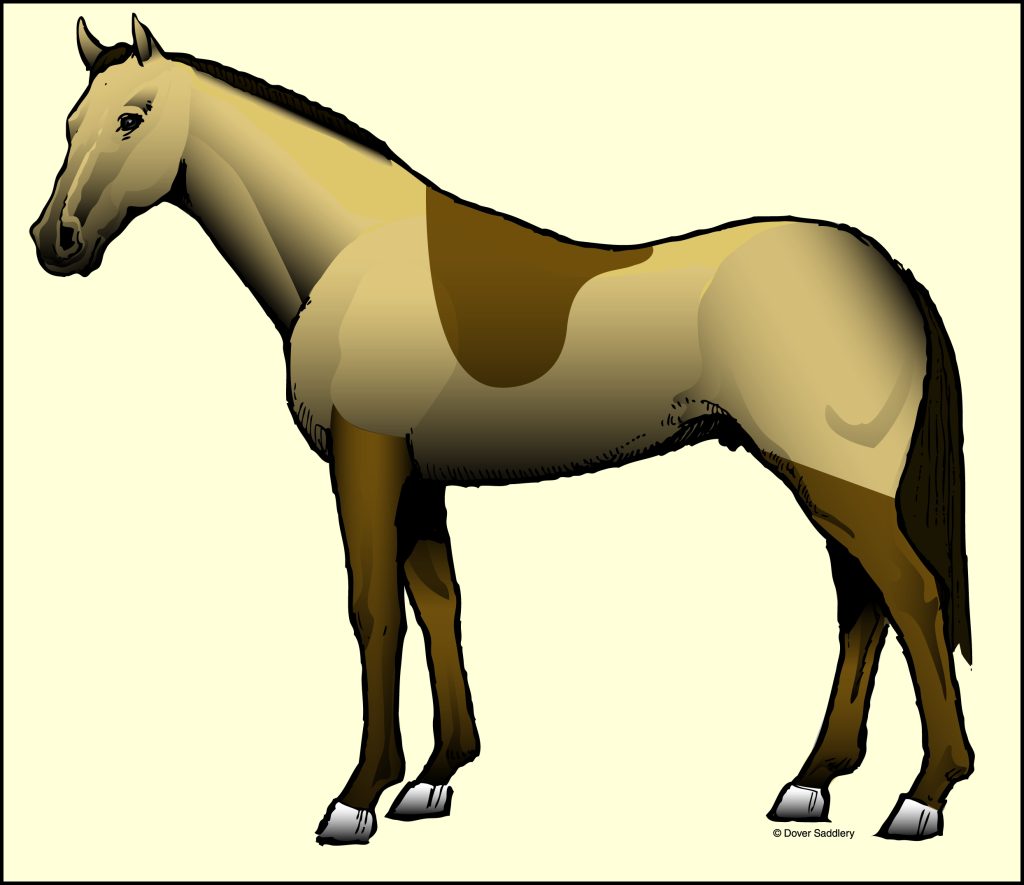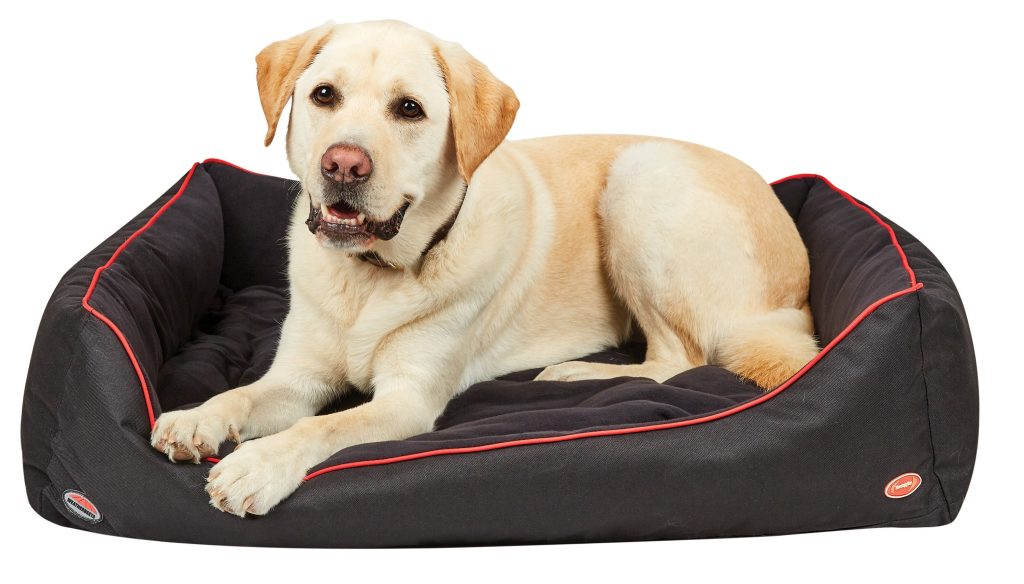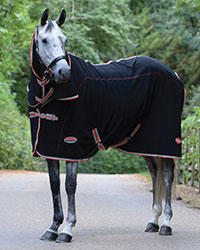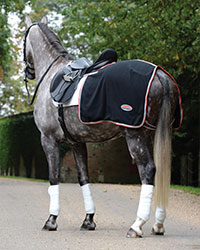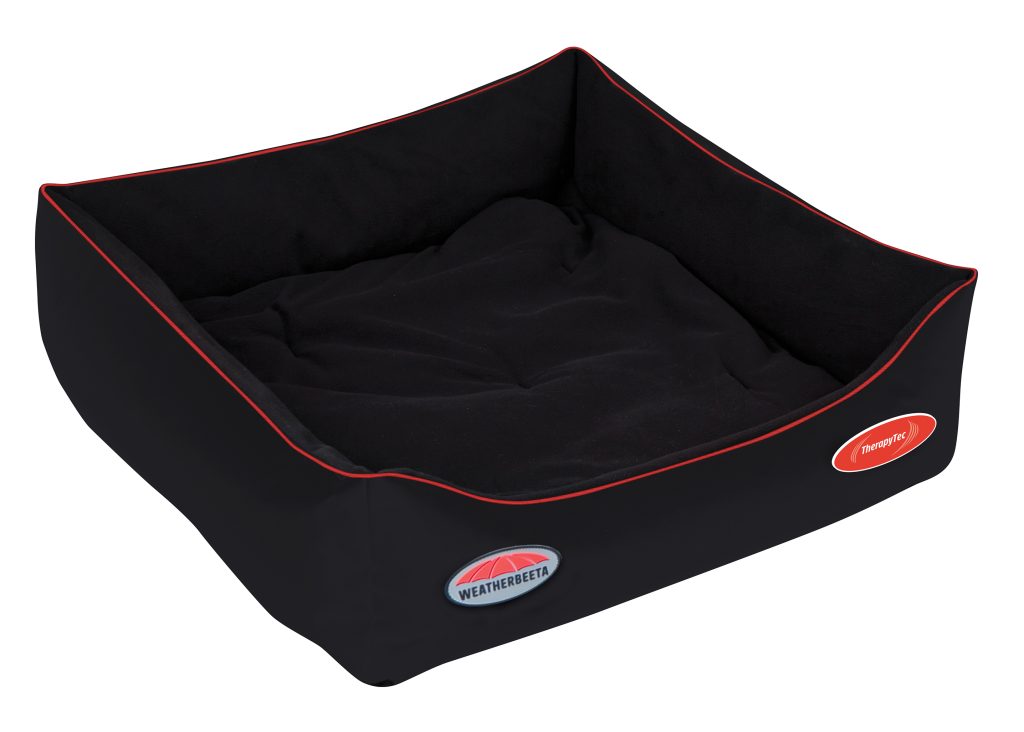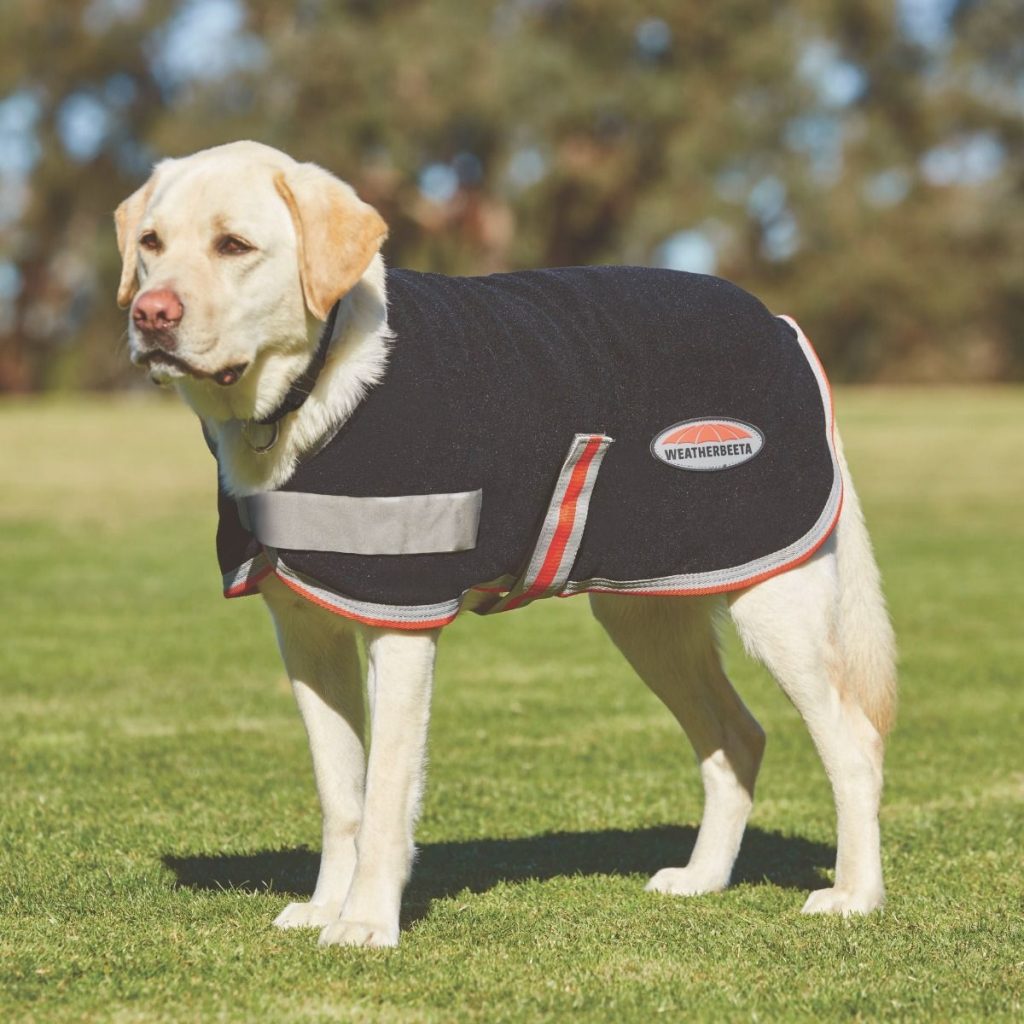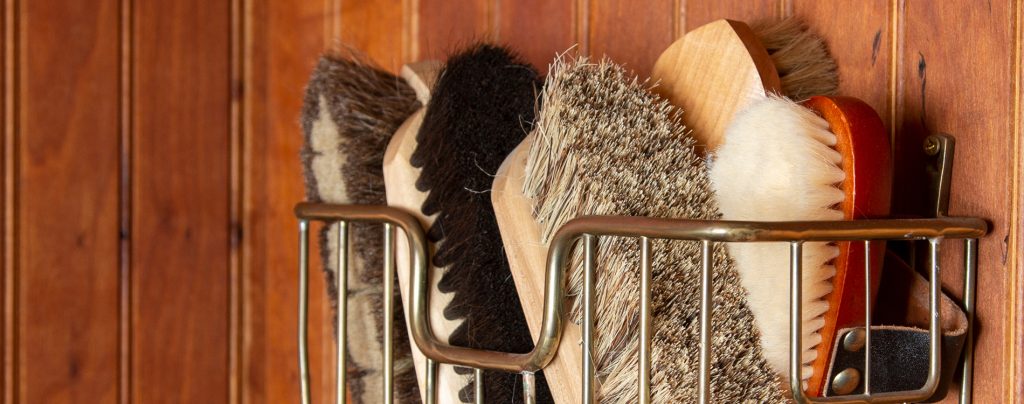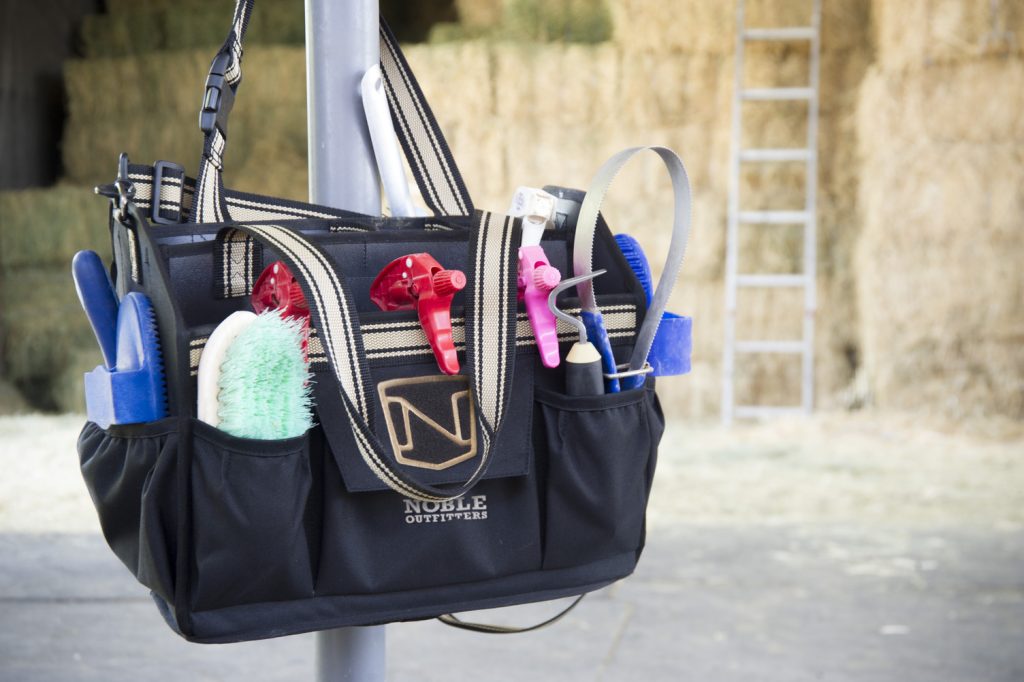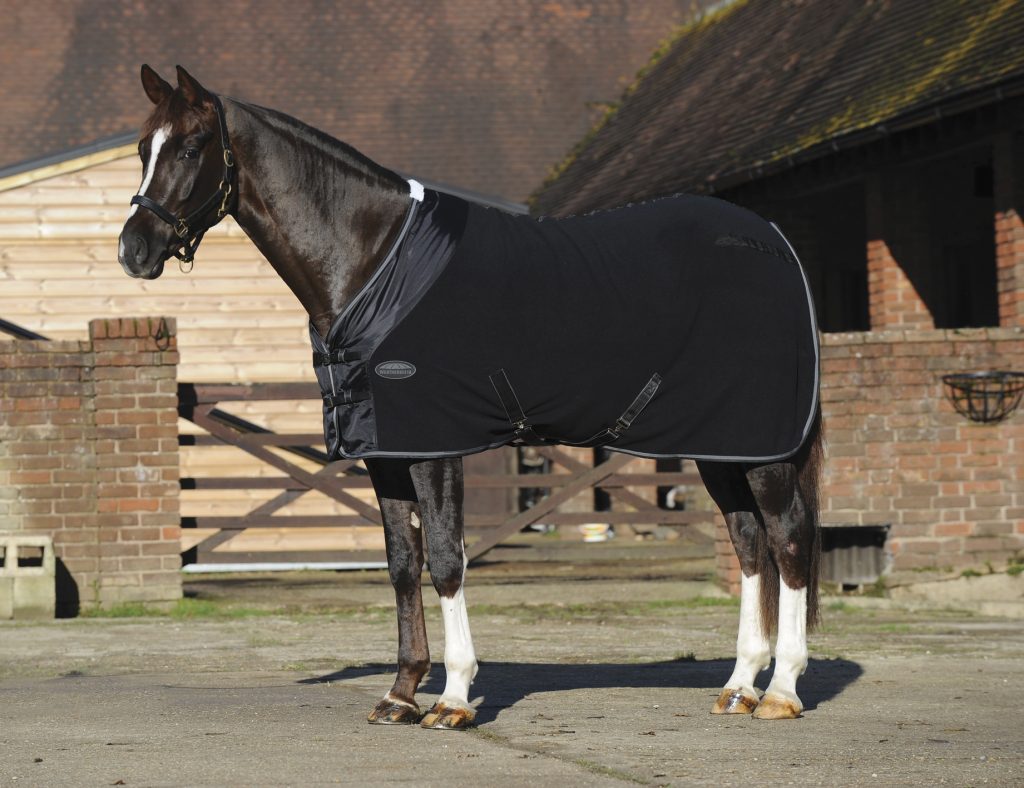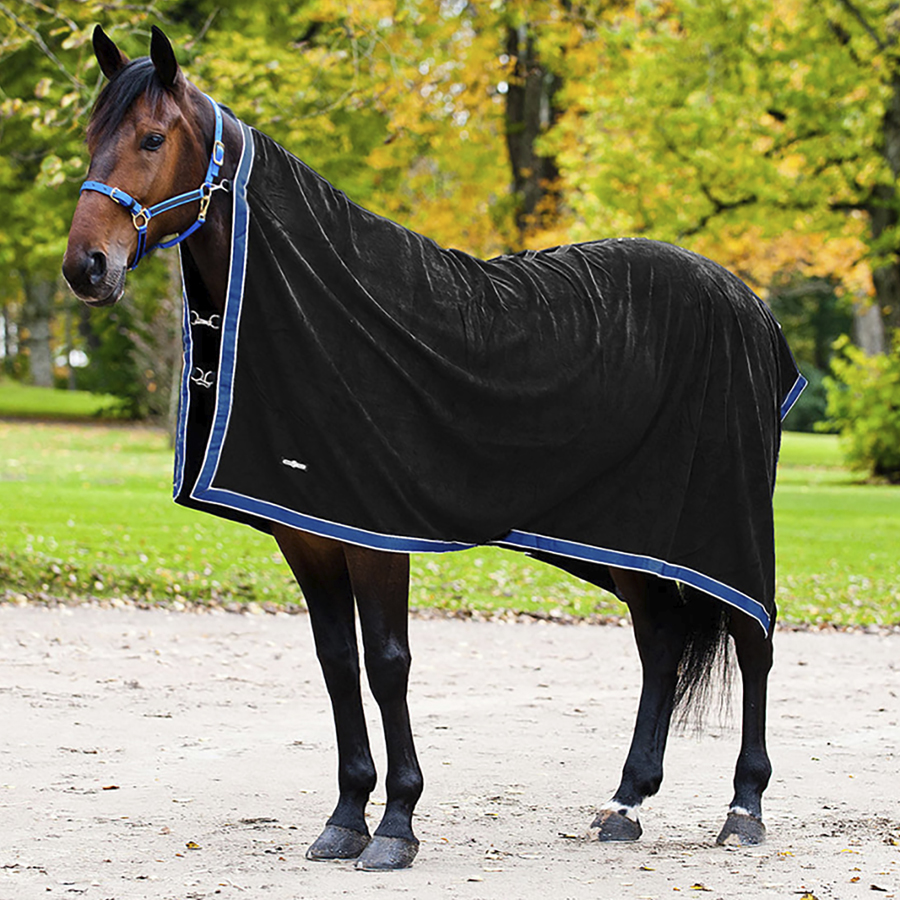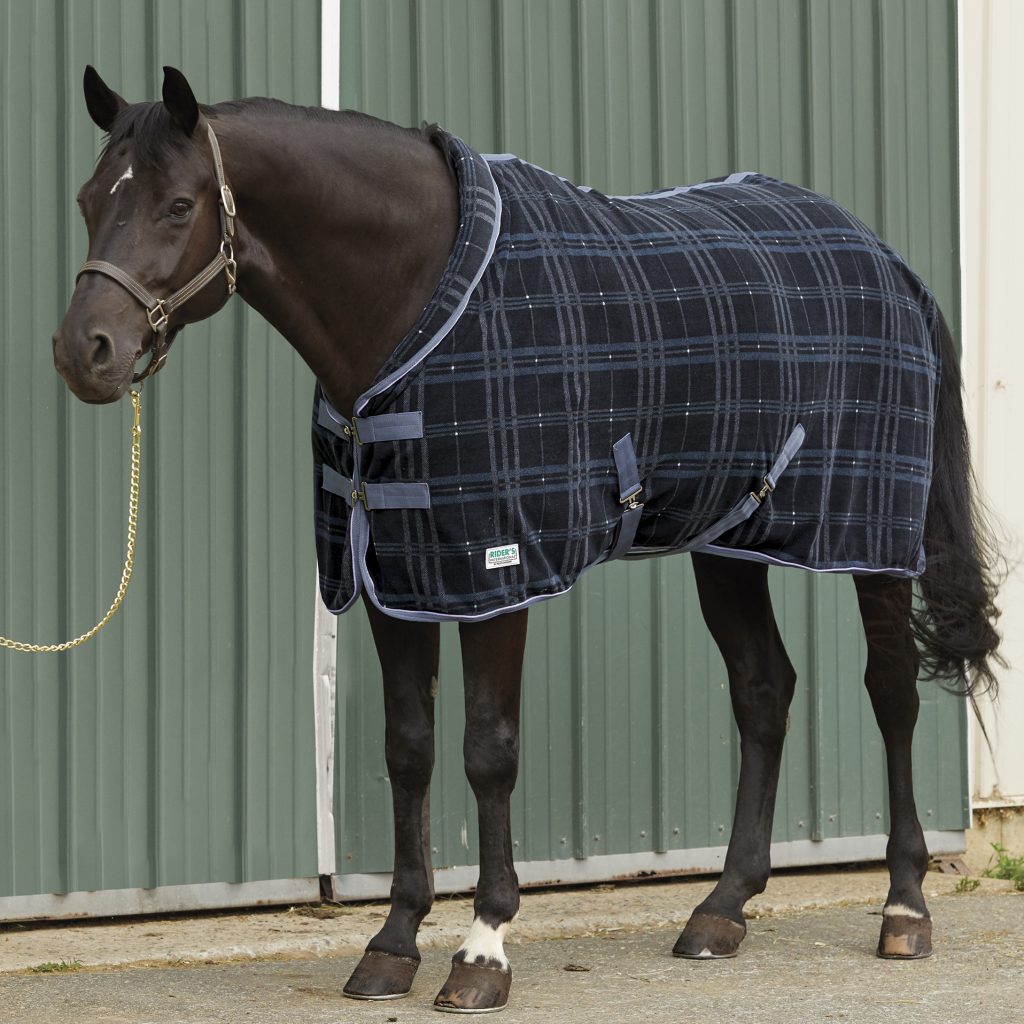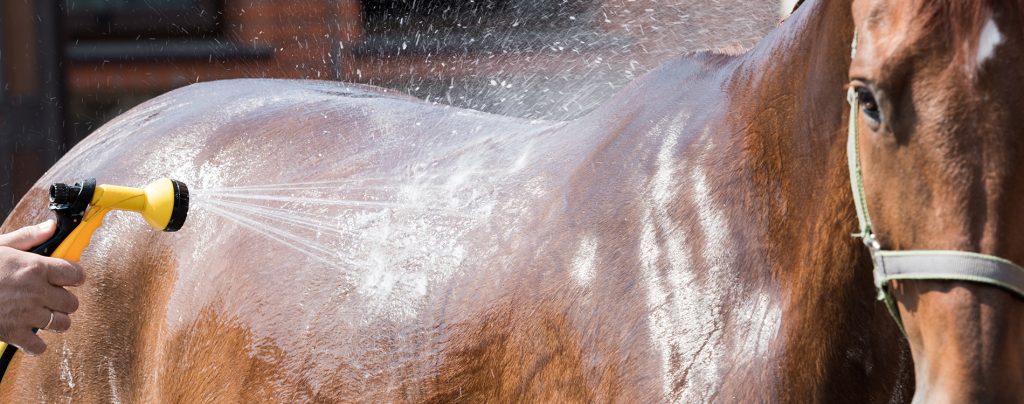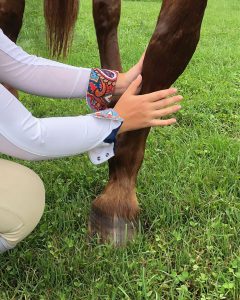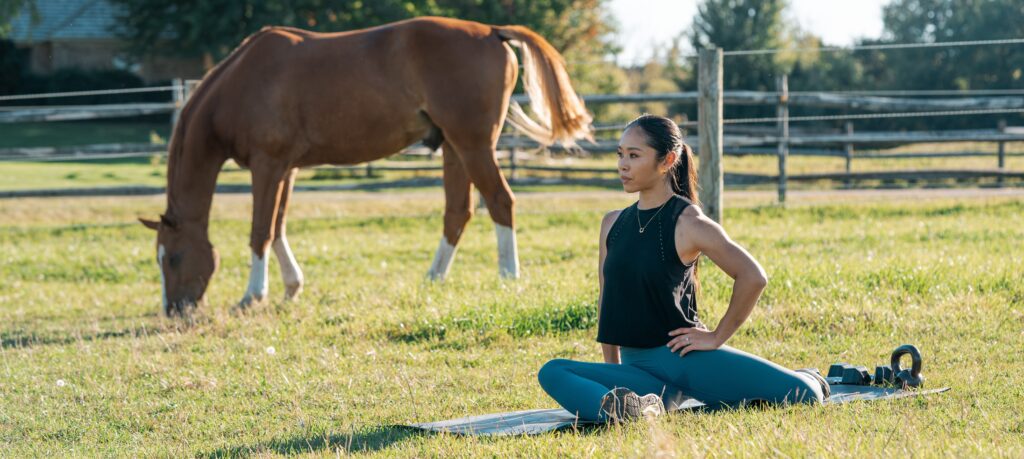
As riders, we put so much effort into keeping our horses happy and healthy (as we should)! We track their nutrition, manage their exercise routines, make sure that they get their bodywork sessions in, and so much more. But have you ever thought about how your mental and physical fitness affects your horse? It turns out that your physical and mental well-being can have a huge impact on your horse’s performance and overall welfare!
A recent study, “Relationships between the Rider’s Pelvic Mobility and Balance on a Gymnastic Ball with Equestrian Skills and Effects on Horse Welfare,” (Uldahl et al., 2021) shows just how connected we are to our horses in the saddle. The research found that riders with better pelvic mobility and balance—skills you can work on off the horse—were more in tune with their horse’s movements. This improved synchronization not only made the ride smoother but also reduced unnecessary tension and discomfort for the horse. Essentially, when you are balanced and have adequate body control, your horse can perform at their best more comfortably.
But rider fitness isn’t just about physical strength, flexibility or cardiovascular endurance—it’s about mental well-being, too. Let’s be real: riding can be stressful. Whether it’s competition nerves, frustration over a tough training session, or the daily struggle of balancing barn time with life, it’s easy for stress and anxiety to sneak in. That’s where an out-of-the-saddle fitness routine can work wonders. Strength training, mobility exercises, mindfulness stretching, and cardio routines that elevate your heart rate can help you manage stress, feel more grounded, and bring a calm, confident energy into your rides.
We all know this about our horses, they are incredibly intuitive. They pick up on our emotions and often mirror them. If you’re feeling tense or anxious, your horse is more likely to become reactive or unsettled. On the flip side, when you show up relaxed and focused with a good mindset, your horse will feel that, too. Over time, this positive and calm energy can boost your horse’s confidence, improve their performance, and even support their overall mental wellness and happiness!
The great part is, the benefits don’t stop at mental well-being. A good fitness routine outside the saddle can make a noticeable difference in how you ride. Working on your core strength, balance, mobility and overall strength and stability helps you maintain a solid seat and can help give your horse clearer cues. Not to mention, staying strong and mobile can reduce your risk of injury and help you feel stronger in every aspect of your life outside the barn.
At the end of the day, improving your fitness isn’t just about you—it’s about your horse, too. A strong, balanced, and relaxed rider creates a calm, confident horse. It’s a win-win. So as we head into the new year, why not set a goal to prioritize your mental and physical fitness, both for yourself and your equine partner? Trust me, your horse will thank you with every stride!
Written By: Jamie Graham, MS, CPT, STRS, YES Haybales & Barbells
Uldahl, M., Christensen, J. W., & Clayton, H. M. (2021). Relationships between the Rider’s Pelvic Mobility and Balance on a Gymnastic Ball with Equestrian Skills and Effects on Horse Welfare. Animals : an open access journal from MDPI, 11(2), 453. https://doi.org/10.3390/ani11020453

